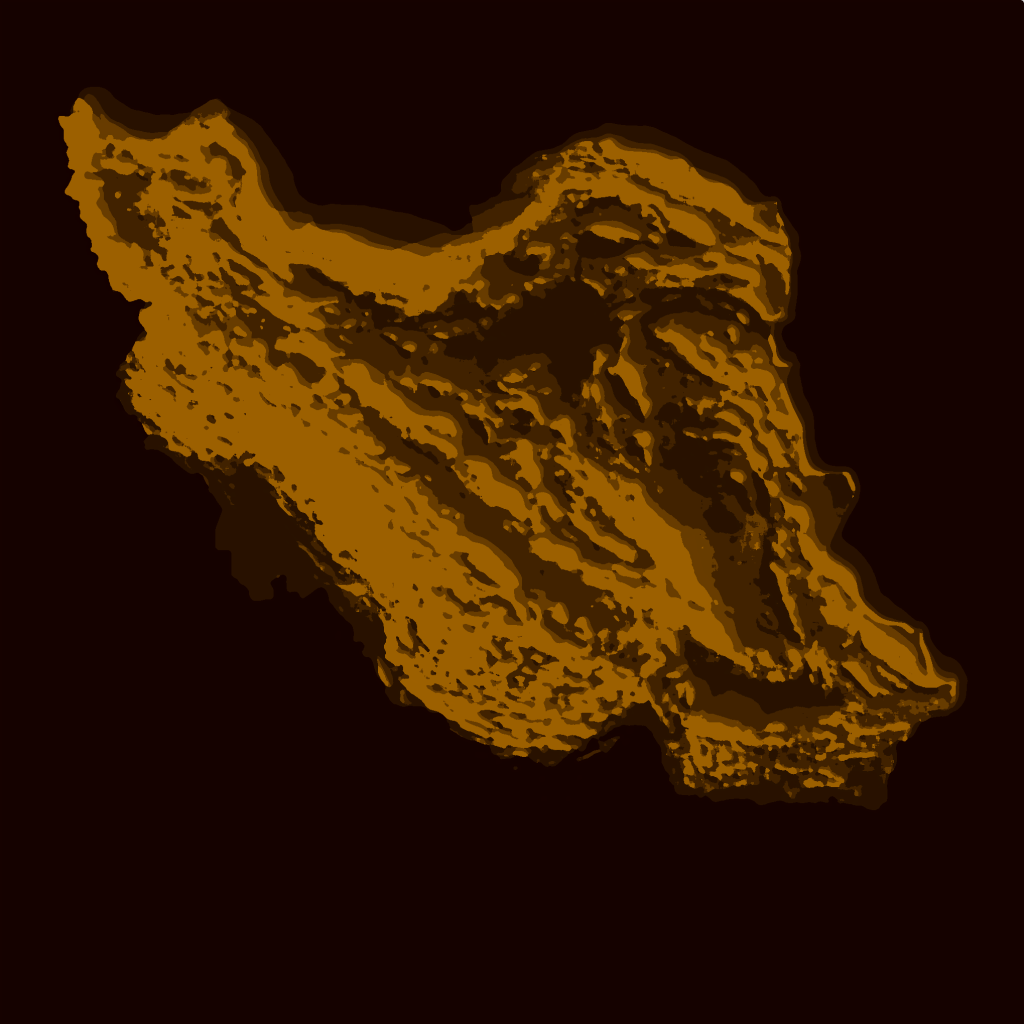The protests in Iran have been raging on for almost two weeks. The Iranian government is struggling to quell the unrest as president Raisi vows to crack down on protestors.
Iran is no stranger to protests. Significant protests have occurred nearly every year for the past decade, with fatalities reported almost every time. However, the recent protests sparked by the death of Mahsa Amini are different. Though Iranians have protested for democracy and against the hijab ban before, the ferocity of the recent demonstrations is unusually high. The protests are also widespread, sweeping across all major urban centres. As conflicts pop up across Eurasia, it’s easy to see how this unrest could start a new arena in this turbulent period which can only be labelled as the Second Cold War.
What to watch out for
Over 70 casualties have been reported so far. These have been caused by both “less” lethal and lethal weapons. Meaning that not only have tear gas launchers or batons been used with lethal intent but guns have also been used against demonstrators. There are reports of birdshot being used against civilians. Perhaps even more disturbingly, there is a video circulating that shows an AK variant being fired toward protestors. It is likely that the Iranian government will use the internet blackout to its advantage by cutting communications between different urban centres while increasing efforts to quash the protests. This would make it significantly easier to demoralise the public as each town or city can be isolated, thus removing the aspect that this is a nationwide protest.
Though the government hopes to swiftly put an end to protests through brutal force, this could further exacerbate the situation. In fact, it seems like so far it is only making protestors angrier. After all, the protests were caused by an act of police brutality. This begs the question if the protesters do not give up, what will the Iranian government’s next move be?
This could go two ways. The government could make concessions or even have a shake-up of leadership in order to ease the protests. Or, if the protests continue to grow the government may choose to up the ante. If the government sees itself at threat of losing everything, it may begin to retaliate with heavy weapons similar to Assad’s fight to stay in control of Syria.
Iran has close to 200,000 Islamic Revolutionary Guard Corps personnel. They are all sworn to protect the nation’s Islamic political system. Not only do they operate heavy land-based weapons, but also a relatively large amount of aircraft including SU-22s, Su-25s and ‘upgraded’ Cobra attack helicopters. This is excessive for a force that is solely meant to protect the political system.
Though the Iranian government knows the risks of using heavy weapons, if it feels like it is losing its grasp it could resort to using the IRGC’s heavy arsenal. Armoured vehicles could patrol the streets, meanwhile, airstrikes could be conducted in cities that are considered strongholds of the resistance, even directly on groups of protestors. Such escalations would indicate the beginning of a civil war. The level of dissonance within the Iranian Armed Forces would heavily influence the probability of a prolonged civil war. However, if chaos breaks out and Iran loses control of its borders, Iran’s adversaries could swiftly arm resistance forces. Iran’s plethora of missiles and drones are aimed at deterring foreign intervention. For this reason, only significant internal chaos would offer an opportunity for risk-free foreign arms supplies.
Overall, the current protests in Iran are highly unlikely to lead to a civil war. Though it is advisable to watch closely, as the potential conflict that could ensue would reshape the Middle East and Central Asia.

